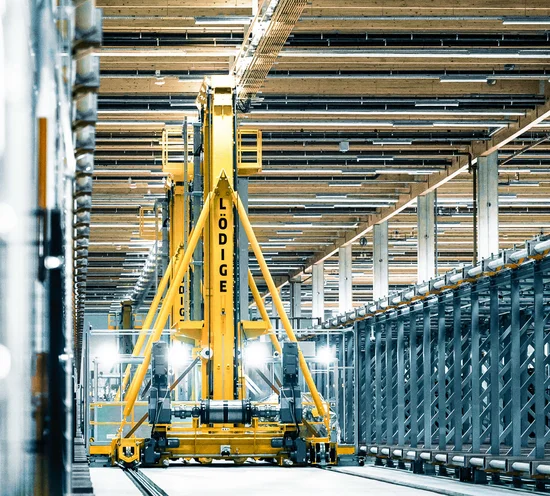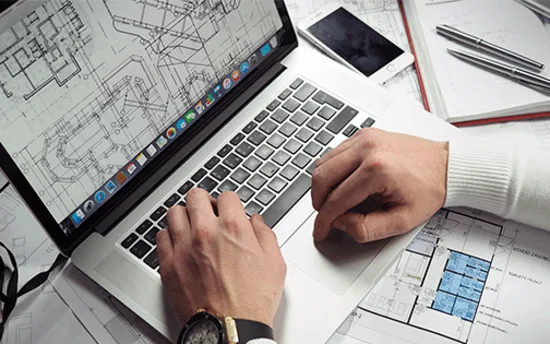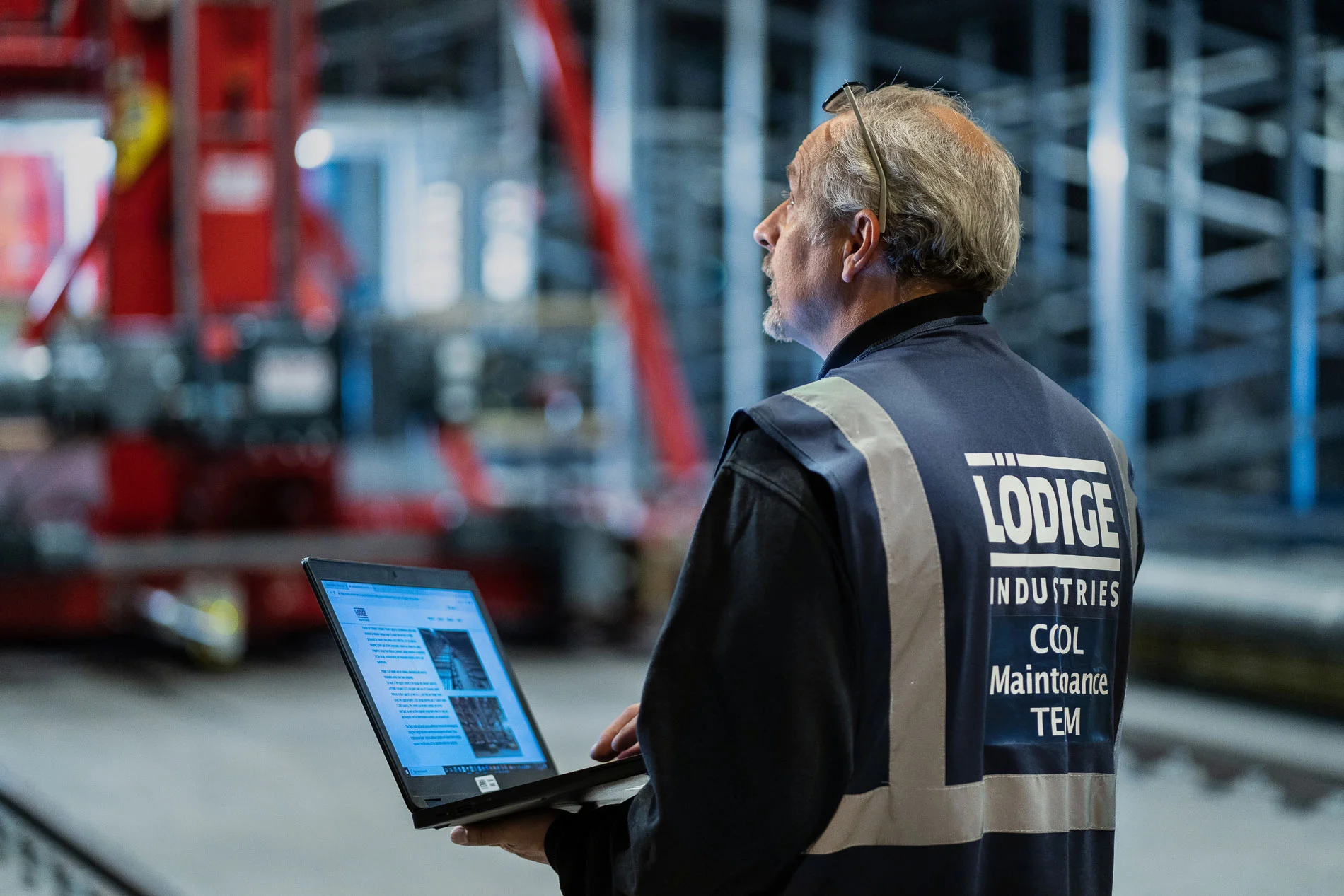Air Cargo Terminal Solutions from Lödige
Complete Solutions for Future-Proof Air Cargo Terminals
Lödige Industries designs and delivers fully integrated air cargo terminals that combine high-performance equipment with intelligent software. Our modular and scalable solutions are tailored to modern logistics requirements – from new builds to modernisations. This ensures fast, safe and IATA-compliant handling of ULDs and consignments.
"We don’t just design and build systems – we understand how they work in real operations and what makes the difference in efficiency and reliability.”
– Björn Ussat, Head of Air Cargo Department, Lödige Industries
A cargo terminal is more than the sum of its parts – it unites the landside and airside interfaces through a controlled system of interlinked processes. From the outside, it may appear as a simple in-and-out system, but inside every movement is synchronised and traceable. With decades of engineering expertise, operational know-how and automation competence, Lödige delivers terminals that ensure maximum throughput, reliability and transparency.

Explore the Air Cargo Terminal Processes
Step Inside the Terminal: All Processes at a Glance
Each terminal has unique requirements, but the goal remains the same: to move cargo quickly, safely and cost-effectively. Lödige systems cover the complete process and provide the right technology for every level of automation – from manual handling to fully automated operations.
CARGO PROFESSIONAL SUITE
Unlock the full potential of your terminal with our intelligent terminal management software for air cargo operations.
The Cargo Professional Suite connects all processes – from cargo delivery at the landside to handover at the airside interface – providing real-time transparency, process control and seamless system integration across the entire terminal.
System Planning & Consultancy
Plan Efficiency. Build Performance.
Maximise your terminal's potential with expertly planned logistics solutions. From initial concept development and detailed 3D simulations to precise implementation, our tailored planning ensures your facility operates at peak efficiency, meeting all operational and regulatory requirements.

From Landside to Airside – Explore the Processes
Navigate through the key steps of air cargo handling and explore how our solutions support each process.
Ready to build your next terminal?
Let’s discuss how we can support your cargo operations – from design to go-live.
Frequently Asked Questions (FAQs)
Typical processes include Landside Interface, Consignment Storage, Build & Break, Intra Terminal Transport, ULD Storage, and Airside Interface. Together, these ensure smooth cargo flows through the terminal.
Yes. Each process can be manual, semi-automated, or fully automated, depending on terminal size, throughput requirements, and operational strategies.
Lödige provides tailored planning, consulting, and system design services, helping you select the optimal level of automation and equipment for each process area.
Absolutely. All our equipment, processes and software solutions meet or exceed IATA guidelines, ensuring safety and global compatibility.
Yes. Lödige offers phased upgrades, modernisation and retrofit solutions, allowing existing terminals to benefit from automation and increased efficiency.
Cargo terminal processes can be managed with the Cargo Professional Suite (TMS) from Lödige. While not mandatory, this software provides significant benefits. Each movement – from landside acceptance and build & break to storage and airside transfer – can be registered and tracked in real time. The system integrates all terminal areas, offering digital planning, resource control, KPI dashboards, and seamless interaction with manual, semi-automated, and fully automated handling systems.
Yes. Lödige solutions cater for general cargo, dangerous goods (DGR), pharmaceuticals, temperature-sensitive items, and out-of-gauge (OOG) cargo throughout the entire terminal.
Definitely. Lödige’s modular and flexible designs ensure that terminals can adapt to increasing cargo volumes and evolving operational needs.

